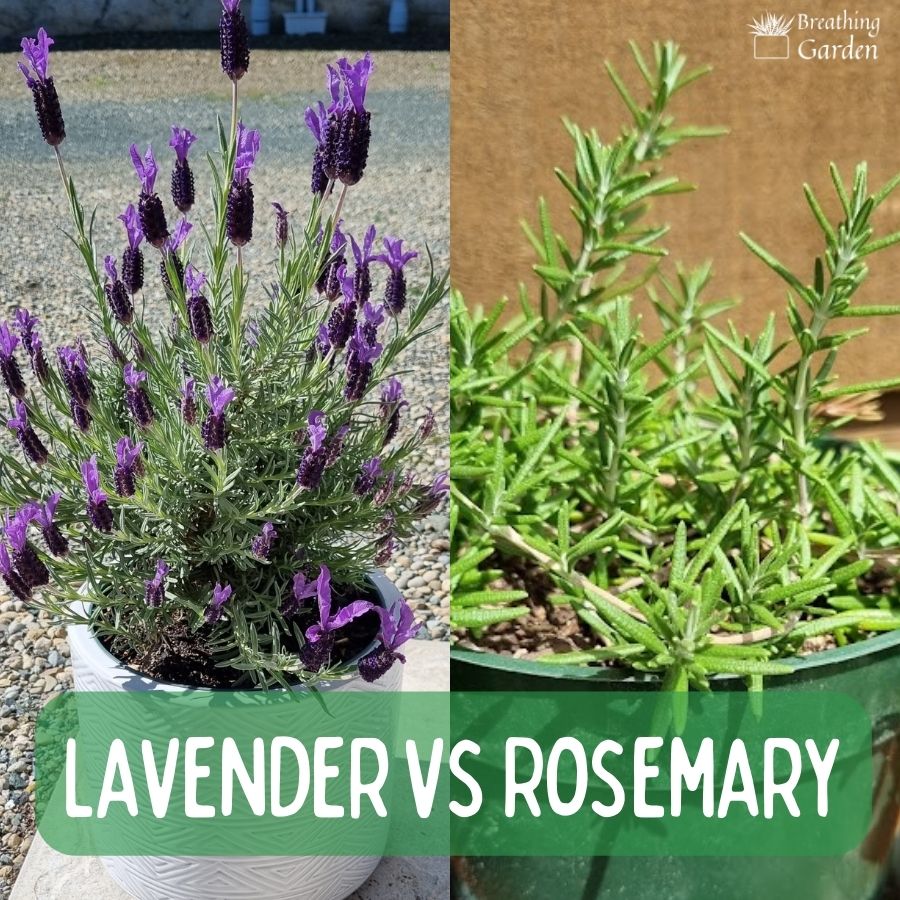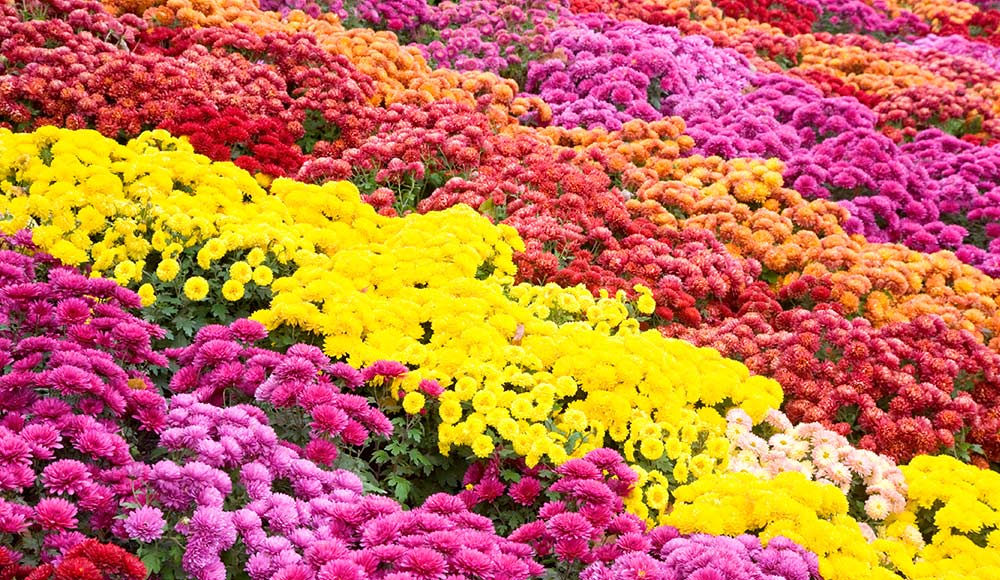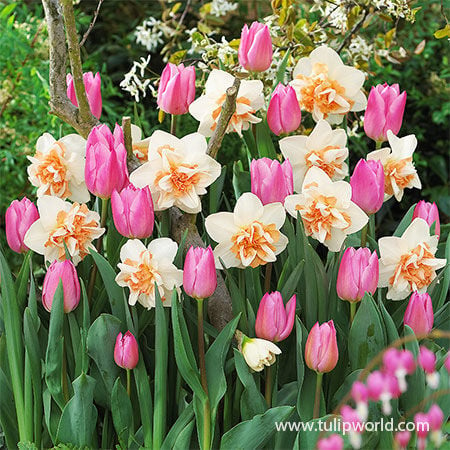Plants That Go Together Like Pbj
We all know the classic saying, "like peanut butter and jelly." But what about plants? Which plants go together like PBJ?
In this blog post, we will explore some of the best plant pairings that are both visually appealing and beneficial to each other. We will also discuss the importance of companion planting and how it can help you create a more productive and sustainable garden.
Main Content
Companion Planting 101
Companion planting is a gardening technique that involves planting certain plants together to promote their growth and deter pests. The idea is that different plants can complement each other in a number of ways, such as by attracting beneficial insects, providing shade, or improving the soil quality.
There are many different companion planting combinations that you can try, but some of the most popular include:
- Marigolds and tomatoes: Marigolds help to repel nematodes, which can damage tomato plants.
- Basil and tomatoes: Basil helps to improve the flavor of tomatoes and also repels some pests.
- Cucumbers and beans: Beans fix nitrogen in the soil, which can benefit cucumbers.
- Peas and carrots: Peas help to improve the drainage of the soil, which can benefit carrots.
- Potatoes and onions: Onions help to repel potato beetles.
When choosing companion plants, it is important to consider the plants' needs and requirements. For example, you should not plant tall plants next to short plants, as the taller plants will shade out the shorter ones. You should also avoid planting plants that have similar pests or diseases next to each other.
Plants That Go Together Like PBJ
Now that we have covered the basics of companion planting, let's take a look at some specific plant pairings that are a good fit for each other.
Peanut Butter
- Sunflowers: Sunflowers are tall plants that provide shade for peanut plants. They also attract beneficial insects, such as ladybugs, which help to control pests.
- Cucumbers: Cucumbers and peanuts can be planted together in a staggered pattern. The cucumbers will climb up the sunflowers, while the peanuts will grow at their feet. This is a great way to save space in your garden.
- Beans: Beans fix nitrogen in the soil, which can benefit peanut plants. They also help to suppress weeds.
Jelly
- Tomatoes: Tomatoes and peanuts are both nitrogen-fixing plants, so they can benefit each other by improving the soil quality.
- Peas: Peas and peanuts can be planted together in the same way as cucumbers and peanuts.
- Carrots: Carrots and peanuts can be planted together in a companion planting bed. The carrots will help to improve the drainage of the soil, while the peanuts will provide shade for the carrots.
Conclusion
These are just a few of the many plant pairings that go together like PBJ. By choosing the right plants for your garden, you can create a more productive and sustainable space. So next time you are planning your garden, be sure to consider companion planting.
When it comes to gardening, one of the most important things to consider is plant compatibility. Some plants simply don't get along well together, and planting them too close can lead to problems like disease, insect infestation, and stunted growth.
If you're not sure which plants go together, a great resource is Gardenia Inspiration. This website has a comprehensive database of plants, along with information on their compatibility with other plants. You can search by plant name, type, or color, and the website will show you a list of plants that are known to grow well together.
In addition to providing information on plant compatibility, Gardenia Inspiration also offers tips on how to create beautiful and harmonious gardens. Whether you're a beginner or an experienced gardener, you're sure to find something helpful on this website.
So if you're looking for more information about "plants that go together," be sure to visit Gardenia Inspiration. You won't be disappointed!
FAQ of plants that go together
Q1: What are some plants that go well together in a garden?
A: There are many different plants that can go well together in a garden, but some popular combinations include:
- Hostas and ferns: These two plants have similar growing conditions and can provide a lush, green backdrop for other plants in the garden.

- Sunflowers and zinnias: These cheerful flowers come in a variety of colors and will add a pop of brightness to any garden.

- Lavender and rosemary: These aromatic herbs can be used in cooking or simply enjoyed for their beauty.

- Chrysanthemums and mums: These fall flowers come in a variety of colors and can add a splash of color to the garden in the late summer and fall.

- Tulips and daffodils: These spring flowers are a welcome sight after a long winter.

Q2: How do I choose plants that will go well together?
A: When choosing plants that will go well together, there are a few things to consider:
- Sun exposure: Some plants need full sun, while others prefer partial shade or shade. Make sure to choose plants that have similar sun exposure needs.
- Water requirements: Some plants need a lot of water, while others are more drought-tolerant. Choose plants that have similar water requirements.
- Soil type: Some plants prefer sandy soil, while others prefer clay soil. Choose plants that are suited to the type of soil in your garden.
- Plant height: Consider the mature height of the plants you are choosing. You don't want to plant a tall plant next to a short plant, as the tall plant will eventually shade out the short plant.
- Color: If you want a cohesive look in your garden, choose plants that have complementary colors. For example, you could plant red flowers next to blue flowers, or yellow flowers next to purple flowers.
Q3: How do I arrange plants in my garden for the best effect?
A: When arranging plants in your garden, there are a few things to keep in mind:
- Use height to create interest: Use tall plants in the back of your garden and shorter plants in the front. This will create a sense of depth and interest.
- Group plants together by type: Group together plants that have similar colors, shapes, or textures. This will create a more cohesive look in your garden.
- Use walkways and pathways to create a sense of flow: Walkways and pathways can help you to direct the eye around your garden.
- Add accents, such as statues or birdbaths, to add interest: Accents can help to add interest and personality to your garden.
Q4: How do I care for plants that go together?
A: Once you have planted your plants, it is important to care for them properly so that they will thrive. Here are a few tips:
- Water your plants regularly, especially during hot, dry weather.
- Fertilize your plants according to the instructions on the fertilizer label.
- Remove dead or diseased leaves and flowers.
- Protect your plants from pests and diseases.
- Deadhead your flowers to encourage more blooms.
Q5: What are some tips for choosing plants that will last all season?
A: Here are a few tips for choosing plants that will last all season:
- Choose plants that are hardy in your climate.
- Choose plants that are drought-tolerant.
- Choose plants that are resistant to pests and diseases.
- Choose plants that bloom at different times of the year.
- Choose plants that are low-maintenance.
Image of plants that go together
Here are 5 different images of plants that go together, found on Pinterest:
- Snake plant and ZZ plant: These two low-maintenance plants are both tolerant of low light and infrequent watering, making them perfect for busy plant parents. They also have similar dark green foliage, which creates a cohesive look.

- Pothos and philodendron: These two vining plants are both easy to care for and can be trained to climb a trellis or grow down from a hanging basket. They have different leaf shapes and colors, which adds visual interest to any space.

- Fiddle-leaf fig and rubber plant: These two large, leafy plants are both statement pieces that can add a touch of elegance to any room. They have similar light and water requirements, so they're easy to care for together.

- Succulents and cacti: These drought-tolerant plants are perfect for people who don't have a lot of time to water their plants. They come in a variety of shapes and sizes, so you can create a unique display.

- Air plants and orchids: These two air-purifying plants are both relatively low-maintenance. They don't need to be planted in soil, so they're perfect for people who don't have a lot of space for plants.

Post a Comment for " Plants That Go Together Like Pbj"